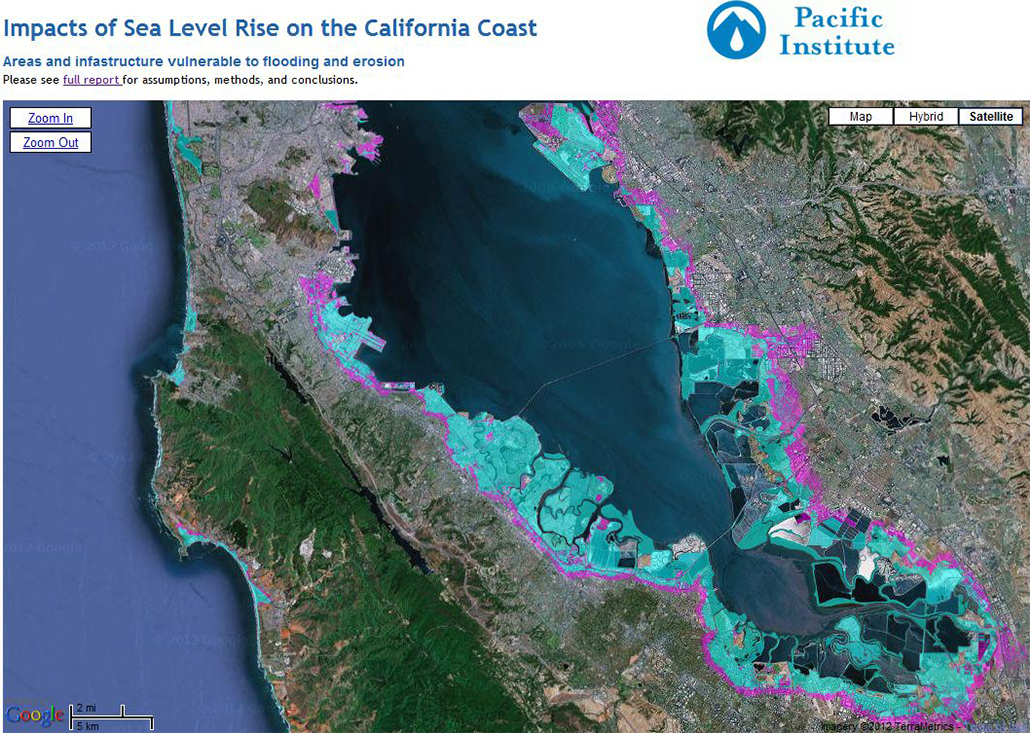Economic Assessment for Climate Action in California
Place: California • Date: 2007 • Partner: Energy Foundation
Project Summary
Many initiatives have been put forward in California for Green House Gas (GHG) mitigation that offer the state significant opportunities to improve environmental quality. This report presents empirical analysis showing that GHG mitigation can be compatible with economic growth objectives. Using a new economy-wide forecasting tool, the Berkeley Energy and Resources (BEAR) model, we simulate the economic consequences of a variety of energy policy scenarios for California. After detailed examination of a range of actual and proposed policies, we find that the aggregate economic benefits of many GHG mitigation policies outweigh their microeconomic costs. Moreover, some of the most prominent policies have the potential to help meet the state’s ambitious GHG reduction objectives, while at the same time stimulating aggregate economic growth by increasing productivity and efficiency.
For a package of GHG mitigation policies recommended by the California Climate Action Team (CAT), we summarize general macroeconomic effects and structurallinkages that transmit economic impacts across the state economy. A consistent feature of these results is the economic importance of cumulative indirect and linkage effects, which in many cases far outweigh direct effects. Although the majority of the GHG responses and direct (adoption and monitoring) costs are easily identified, economic benefits of these policies extend over long supply and expenditure chains, the cumulative effect of which can only be assessed with methods like the one used here.
Three salient conclusions emerge from the economic analysis:
- A variety of policies under active consideration could reduce GHG emissions significantly, at negligible or negative net cost to the overall state economy.
- Policies that achieve higher levels of energy efficiency permit resources to be reallocated within the state economy, reducing external energy dependence and increasing in-state value added and employment.
- With improved information and appropriate incentives, most of the GHG policies considered can enlist significant private agency at a public cost that is a small fraction of their potential benefit.
These general conclusions are supported by a myriad of more detailed structural adjustments, the elucidation of which can be essential to design and implement effective policies.
Rigorous policy research tools like the BEAR model can shed important light on the detailed economic incidence of energy and climate policies. By revealing detailed interactions between direct and indirect effects across a broad spectrum of stakeholders, simulation methods of this kind can support more effective policy responses to climate change.
Many studies emphasize the costs of policies that deal with climate change because they look only at the direct effects. This one finds that many policies under active consideration in California actually save money and increase employment overallbecause the indirect and incentive effects are so important. These overall benefits only become apparent when the economywide implications and innovation potential of the policies are taken into account. For example, we shall see below that energy savings allow consumers to increase other spending, largely on in-state goods and services, and this stimulates California growth and employment. Industry-specific and bottom-up studies of GHG polices fail to capture these indirect benefits, giving disproportionate emphasis to direct costs. An economywide perspective like that of the BEAR model is needed to balance the adjustment and growth perspectives.
Most Recent Entries

Low Carbon Biomass Conversion in the Sierra Nevada







